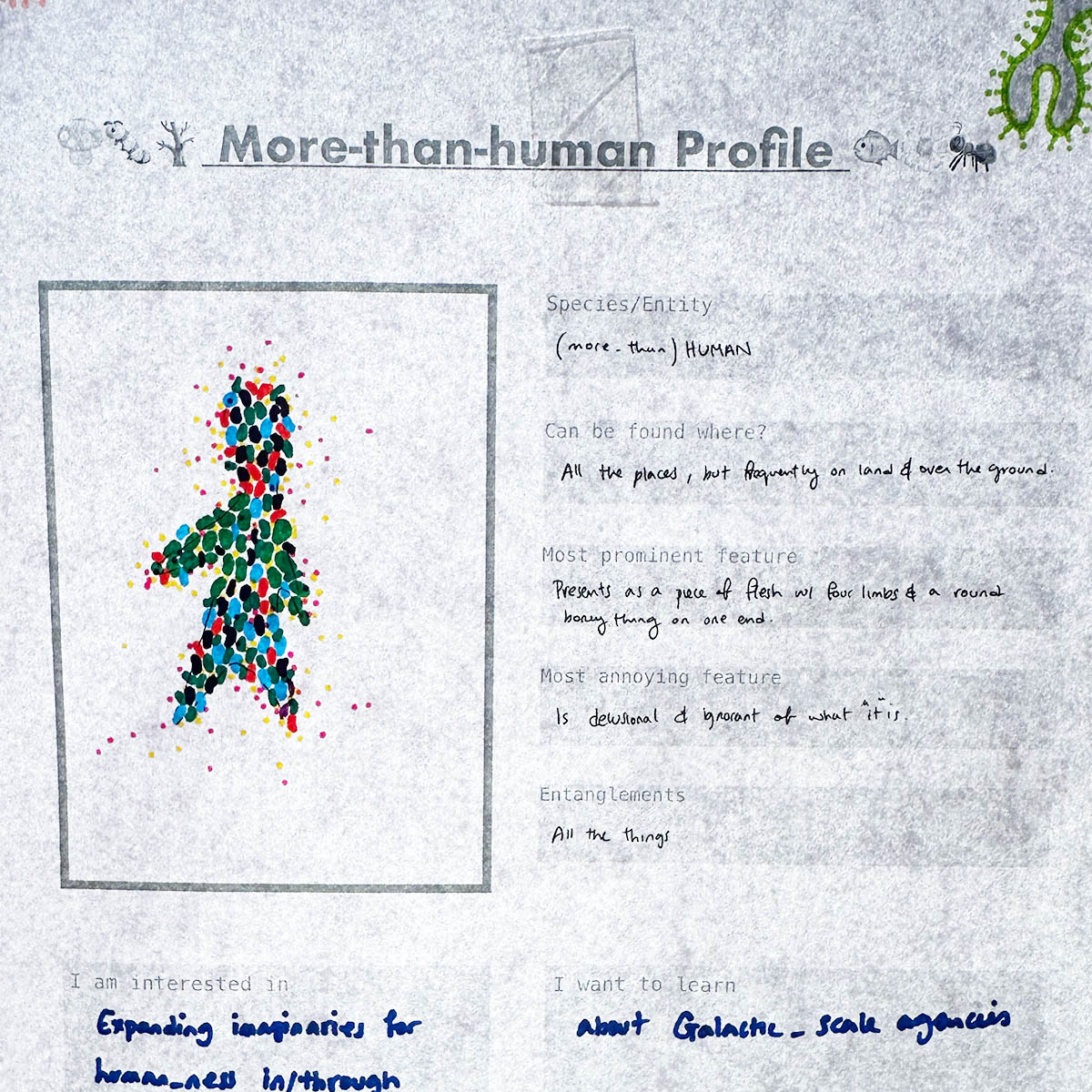I am excited (and a bit overwhelmed!) about all the pieces of work we are presenting at the Design Research Society Conference this year: 5 papers in total.
Research through Designers: A Pictorial Reflection on Engagements, Encounters, and Environments at a Design Research Jamboree
This paper is a photographic pictorial study of the incredible Jamboree event we ran back in 2022. The Jamboree was a wonderful in-person coming together of Design Researchers after a long time apart during the pandemic. It has had many outcomes of diverse shapes and forms - many of them intangible connections between people - but this paper represents a wonderful record of the event. Huge thanks to Arne Berger for making this paper happen.
Exploring the ‘Defining-Finding Dilemma’ in Design Research: Insights from a Series of Speculative Co-Design Workshops
This paper is an account of the many workshops we ran during our Lab Engagements series. It dives into the themes that arose during many workshops exploring what an ‘Atlas’ for Design Research might look like. Thanks to all that were involved in the workshops, huge thanks to Mayane Dore for pulling the paper together (while also having a young human to look after!). This work provides the underpinning for a forthcoming Design Research Observatory project that will be published in the near future.
More-Than-Human Design in Practice
This is an editorial associated with a track that I have the honour of chairing with Iohanna Nicenboim, Cristina Zaga, Arne Berger, Laura Forlano and Elisa Giaccardi at the conference. The track’s motivation, which is explored in the editorial, is the championing and exploring the huge diversity of potential at the confluence of Design Research and More-Than-Human theory.
Re-imagining and reaffirming design pedagogy in response to generative AI tools
This is a paper that reflects on and reports about our the future of teaching design in a world with generative AI in it. It is based on the experiences I and our team at the School of Design in Lancaster had when writing and implementing a Whitepaper on Generative AI. I’m really proud of the well-rounded position that we adopted that embraces the technology, carefully considers inclusion, and really looks to empower students and ensure their training and experience is the focus.
More-than-human Design and AI: Exploring the Space between Theory and Practice
Last, but by no means least, this is a paper reporting on the process of creating two AI-powered chatbots to assist with generating and developing More-Than-Human design concepts. As is often the case with Research through Design projects, our initial direction gave rise to many new and interesting questions and points of view. While the initial motivation was about promoting More-Than-Human Design practice, one of the key outcomes was a realisation that the theory/practice binary (also see Productive Oscillation paper) is often an unnecessary distraction from the extremely rich space between the two.






